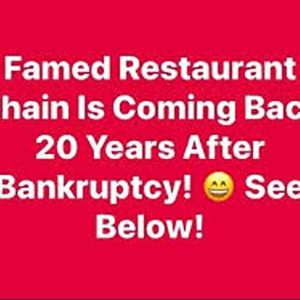Shoes hanging from power lines, a sight common across countless towns and cities, offer a fascinating look into how everyday acts can become layered with cultural significance. While many people initially assume these airborne shoes are nothing more than mischief or a youthful prank, the reality is more complex. Over time, the act of tossing shoes over wires has evolved into an expression of identity, memory, creativity, and storytelling in urban environments. These dangling sneakers or boots become unexpected markers in the cityscape, prompting curiosity and speculation. Their presence reminds us that even ordinary objects can take on symbolic meaning when placed in unusual contexts, turning functional infrastructure into a canvas for the communities who live beneath it. The practice thrives precisely because its meanings are not fixed—its ambiguity invites people to interpret it through the lens of their own experiences, histories, and imaginations.
The origins of this phenomenon are difficult to trace with precision, in part because it has arisen independently in multiple places and eras. Several theories attempt to explain its beginnings, each shaped by specific cultural and historical contexts. One widely circulated explanation is that soldiers threw their boots onto power lines at the end of their service as a celebration of survival and return to civilian life. This ritual carried a deeply personal symbolism—closing one chapter while stepping into another. Other theories link the practice to gang culture, suggesting that shoes on wires signaled territorial boundaries or served as warnings to rivals. Urban folklore expanded these ideas over the decades, and even where the gang explanation wasn’t rooted in local reality, the association became part of the myth. The very elasticity of the symbol—its ability to carry different meanings in different places—allowed it to spread and endure as a cultural marker.
As the practice gained visibility across urban areas, shoes on power lines became tied to personal milestones rather than group identity. For many individuals, tossing shoes has become a symbolic act representing transition, completion, or remembrance. Graduates commemorate finishing school; friends mark the end of childhood summers; some honor loved ones who have recently passed away. In these cases, the shoes serve as artifacts of memory, suspended reminders of people and moments that have shaped a person’s life. The sight of them hanging in the air becomes a public expression of a private story, transforming a simple pair of shoes into a form of visual poetry. These gestures reflect a universal desire to leave a trace—something visible, lasting, and meaningful in the spaces we inhabit.
In contemporary settings, the motivations behind hanging shoes have become even more varied, reflecting the dynamism of modern urban culture. Teenagers still engage in the act for fun, curiosity, or the thrill of doing something slightly rebellious. Public artists sometimes use power lines as unconventional platforms, turning clusters of shoes into installations that challenge traditional ideas about where art belongs. Meanwhile, urban legends continue to proliferate, claiming that shoes mark drug-dealing spots or sites of violence—though these stories are usually anecdotal and not grounded in widespread evidence. This diversity of interpretations mirrors the complexity of city life itself. The shoes become part of a decentralized public conversation, shaped by rumor, nostalgia, creativity, and lived experience. Their meanings shift as neighborhoods evolve, absorbing the emotional and cultural pulse of the communities around them.
Despite the symbolic richness of the practice, it carries real dangers that cities and utility companies must contend with. Power lines are delicate systems, and the weight or swing of shoes can strain wires or damage the insulation that prevents electrical hazards. In some cases, shoes increase the risk of short circuits or outages, creating safety concerns for both residents and utility workers tasked with removing them. These practical realities create tension between cultural expression and civic responsibility. While people may see the act as harmless or meaningful, public safety demands careful management of what hangs from electrical infrastructure. This underscores a larger truth about urban life: the shared environment requires a balance between individual expression and collective well-being. Acts that seem whimsical can have unintended consequences, reminding communities of the interconnectedness of their physical spaces.
Ultimately, the sight of shoes dangling from power lines represents the ongoing interplay between human meaning-making and the built environment. They illustrate how people transform ordinary spaces into symbolic landscapes, imprinting personal stories onto communal settings. Each pair of shoes carries its own narrative—some celebratory, some mournful, some artistic, some mischievous—yet together they contribute to a broader tapestry of urban identity. These suspended shoes invite passersby to reflect on the histories embedded in their neighborhoods and to recognize the layers of creativity, memory, and culture that shape city life. At the same time, they remind us of the responsibilities we bear in caring for shared infrastructure and ensuring the safety of our communities. Through this blend of symbolism and practicality, the phenomenon becomes more than a curiosity; it becomes an illustration of how humans continually reinterpret their surroundings, leaving behind traces that tell stories long after the throwers have walked away.




